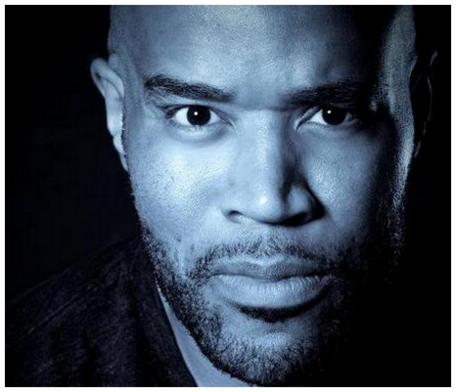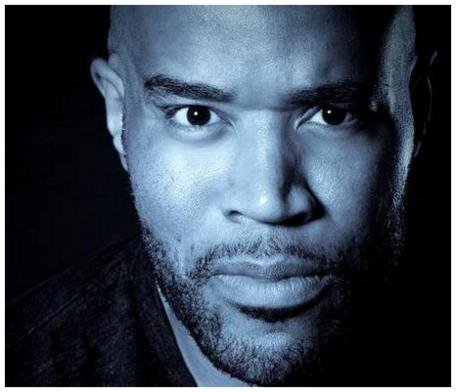[ad_1]
By Sean Yoes, Baltimore AFRO Editor, [email protected]
The Baltimore Sun’s Jean Marbella posted a story May 25 with the headline, “Baltimore County Police Officer’s Death Ignites a Racial Firestorm,” in reference to the death of Baltimore County Police Officer First Class Amy Caprio, 29, who died after being run over by a Jeep allegedly driven by Dawnta Harris, 16.
Harris, a resident of Baltimore City was waiting in a Jeep while three other teen boys, Darrell Jaymer Ward, 15, Derrick Eugene Matthews, 16 and Eugene Robert Genius IV, 17, were allegedly robbing a home in the Perry Hall community of Baltimore County. All four have been charged as adults with first degree murder.
“It’s hard to think of a more volatile mix: Four young Black males from Baltimore City, accused in the death of a White female police officer in Baltimore County,” Marbella wrote.

She’s right, there is a racial firestorm in Baltimore County, but the tragic circumstances of Caprio’s death and the possible life sentences being faced by four boys didn’t ignite it. There has been a racial firestorm in Baltimore County for decades, at least for as long as there has been a significant Black population in the county.
Although I was born in West Baltimore and spent my high school years there, I lived in Baltimore County, Randallstown specifically, with my mother and sister during my elementary school years. Back then in the 1970’s the Black population was sparse; initially I was one of only a handful of Black kids at Winfield Elementary School. However, the Black community in Randallstown grew rapidly.
Today, Randallstown is majority Black going out all the way to Owings Mills. In the 1970’s, large swaths of farmland and wooded areas gave way to sprawling community developments, which today house mostly Black families. With a burgeoning Hispanic population in East Baltimore County, at its current rate the County will be majority, people of color in the not so distant future. Yet, Black people, people of color wield very little political power. There is only one Black member of the Baltimore County Council, Julian Jones, the council chairman. There has never been a Black Baltimore County Executive. Never.
Demographically, the western section of the county is dominated by Blacks, but politically, Baltimore County is probably more reminiscent of Jackson County, Miss. In Baltimore County, Klan activity had been a very real thing in the areas around Deer Park and Liberty Dam for many years and the Baltimore County Police Department has historically run roughshod over the Black community.
Outside of the large Black enclaves of Woodlawn, Milford Mill, Randallstown and Owings Mills, much of Baltimore County is Trump country, with close to 40 percent of it voting for Trump in the 2016 presidential election.
The racial firestorm has been smoldering in Baltimore County for many years and there have been several notable flare ups recently. Racial strife at Towson University sparked by the formation of a White Student Union in 2012 garnered national headlines.
No charges were brought against County Police in the killing of Korryn Gaines, the 23-year old mother of two and the shooting of her five-year old son during an armed standoff at her Randallstown apartment in August 2016, which angered many. Police were at Gaines’ home to serve a warrant for a traffic violation (in February, the Gaines family was awarded $37 million in a wrongful death suit).
There was more outrage when no criminal charges were filed in the killing of Tawon Boyd at the hands of Baltimore County Police and Emergency Medical Technicians in Sept. 2016. Boyd and his finance summoned police to his home in Middle River because he was experiencing a medical episode.
An educator and community leader, who happens to be a good friend (who I won’t name) said to me shortly after the Perry Hall incident erupted that ended in the death of Officer Caprio, `This is going to be bigger than Freddie Gray.’
I hope he’s wrong, but I suspect he may be right.
Sean Yoes is the Baltimore Editor of the AFRO and host and executive producer of the AFRO First Edition video podcast, which airs Monday and Friday at 5:00 p.m. on the AFRO’s Facebook page.
[ad_2]
Source link


